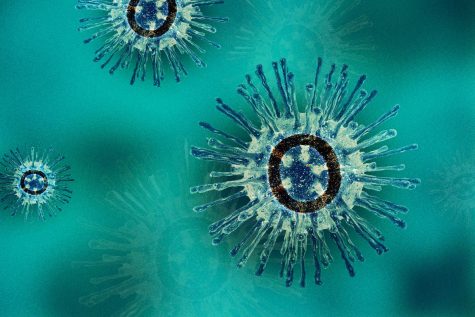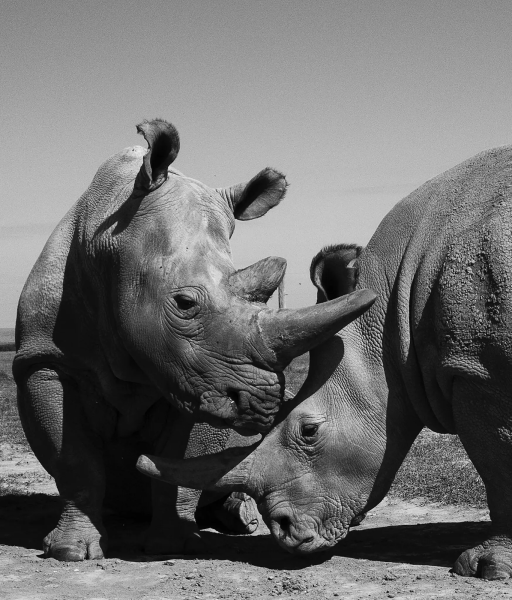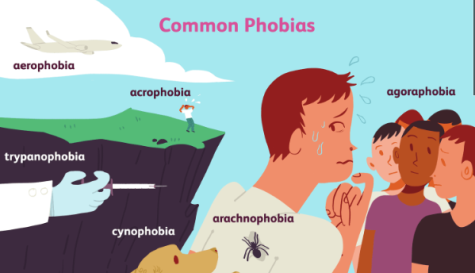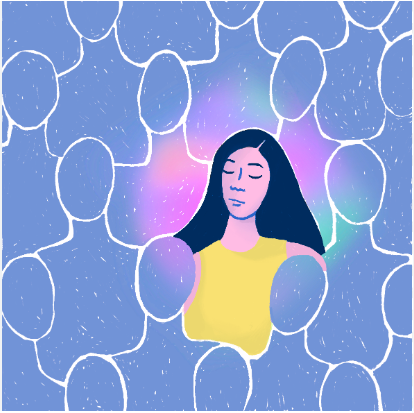What is The COVID-19 Vaccine?
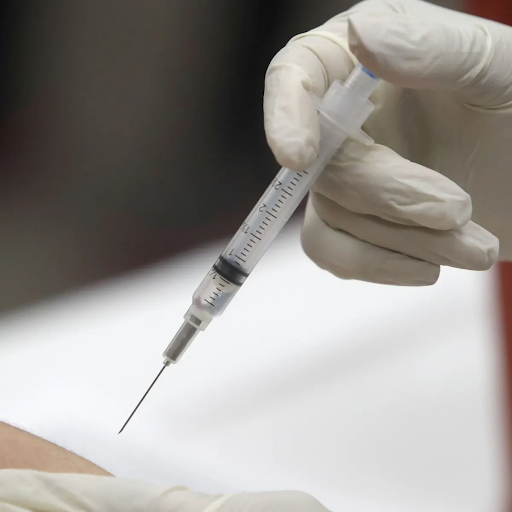
The COVID-19 pandemic is easily one of the largest and most disruptive events to occur in recent history. Billions have been affected by the changes to global society, but it seems that life is beginning to return to normal. However, a crack is emerging which threatens to undo all the hard work that scientists, doctors, and nurses have made. What is that crack? The unvaccinated. Why aren’t people getting vaccinated, and what can we do about it?
According to Vox, there are six main reasons why people aren’t getting vaccinated. These are: lack of access (whether real or perceived), not seeing COVID-19 as a threat, hesitance due to side effects, lack of trust in vaccines in general, lack of trust in institutions, and multiple conspiracy theories. As quoted, “All of the reasons people provide for not getting vaccinated…share a common theme: A significant portion of Americans don’t believe the vaccines are worth the potential downsides.”
While quite a few of those are community or personal issues, there are some issues that explanation and encouragement can help with. Explaining how the vaccine works, the side effects, and the benefits can help mitigate fear, leading to higher vaccination rates. This in turn leads to lower rates of infection, causing a societal return to normality to quicken the pace. Many private businesses, including airlines, restaurants, hotels, as well as public places like schools and public transportation, are beginning to require vaccinations, meaning the unvaccinated will lose access to these services.
Uncertainty relating to the function of the vaccine causes many questions to arise. Pfizer, Moderna, and J&J all use an mRNA (messenger ribonucleic acid) vaccine to prevent COVID-19. The vaccine contains nothing more than a string of RNA and some basic salts and proteins to assist with the delivery and reading of the RNA. It does not contain any cells, eggs, gelatin, latex, preservatives, metals, or microelectronics. Once injected into the upper arm muscle, the virus’ RNA enters a body cell. It is important to note that the RNA never enters the nucleus, where human genetic information (DNA) is kept. Within the cell, it finds the Cas9 protein and begins manufacturing COVID-19 spike proteins. These are harmless and cannot do anything to harm the body on their own. The spike proteins are then released into the body, where the immune system comes into contact with them. An immune response is launched, though not at full scale. This is what causes the side effects. The body then makes antibodies to match the spike protein. The second vaccination is required for additional protection. If the vaccinated individual comes into contact with COVID-19 in the future, the antibodies made by the immune system during vaccination will immediately target the virus; leading to a smooth and symptomless takedown. The individual is then immune to the virus. Even if a breakthrough case occurs, the symptoms are much milder than a regular case.
Ultimately, vaccination is objectively the best decision you can make regarding the pandemic. Some people can’t get vaccinated due to allergies or immunocompromisation. Others simply refuse. The Delta variant threatens to destroy all the progress we’ve made by mutating, making current technologies ineffective. By getting vaccinated, you are doing your part to protect our beautiful community, as well as America and the wider world. Vaccinations prevent lockdowns, business closures, and aids both people and governments in returning to the pre-pandemic world. Do your part. Get vaccinated if you can.
Hey there. I'm Asher. I was born in Ogden, Utah, just like both of my parents, though I've lived in 4 states. My next stop? Los Angeles, California, coming...




